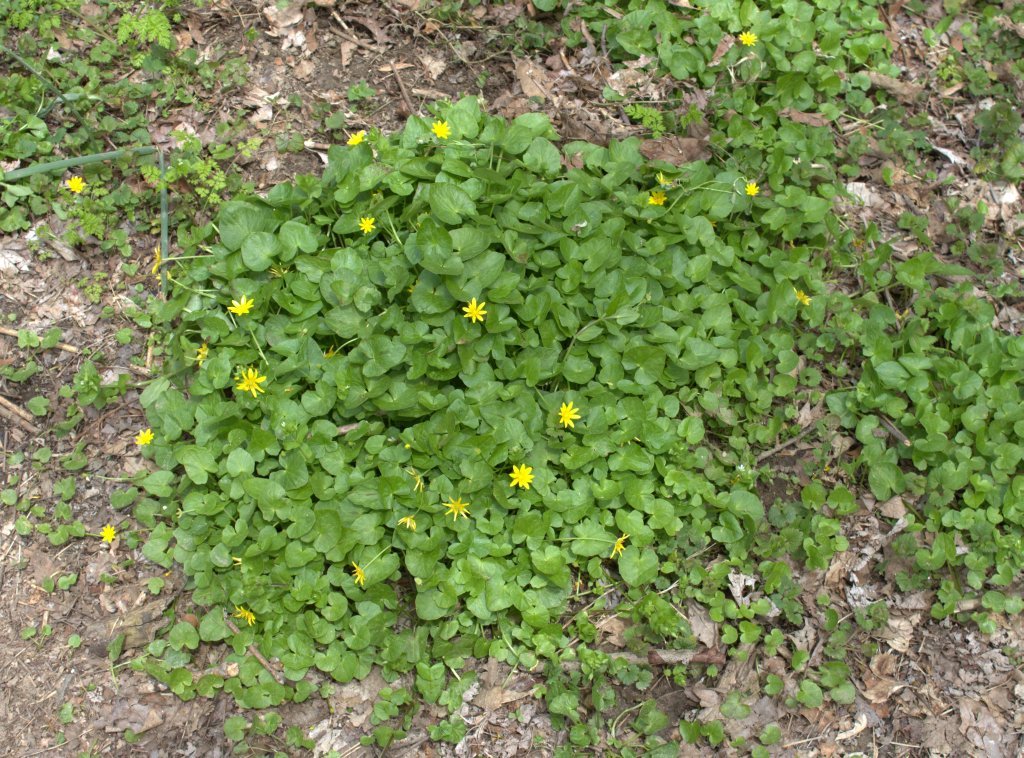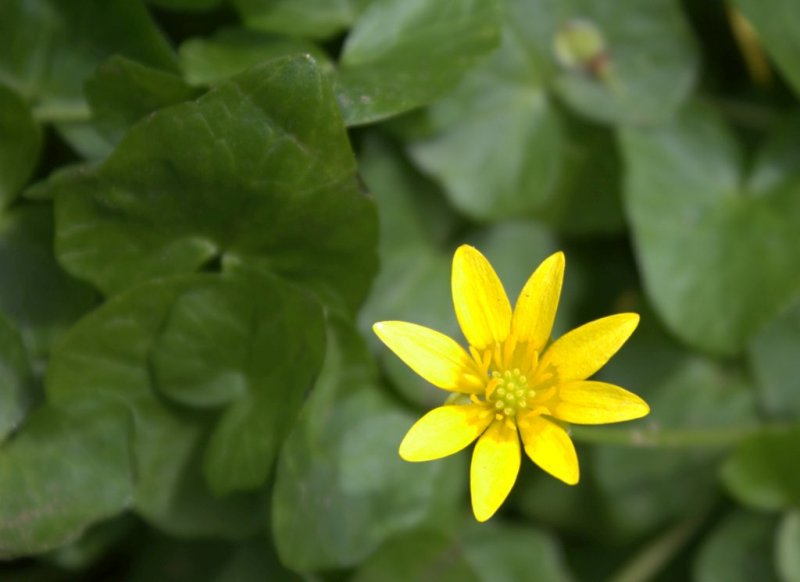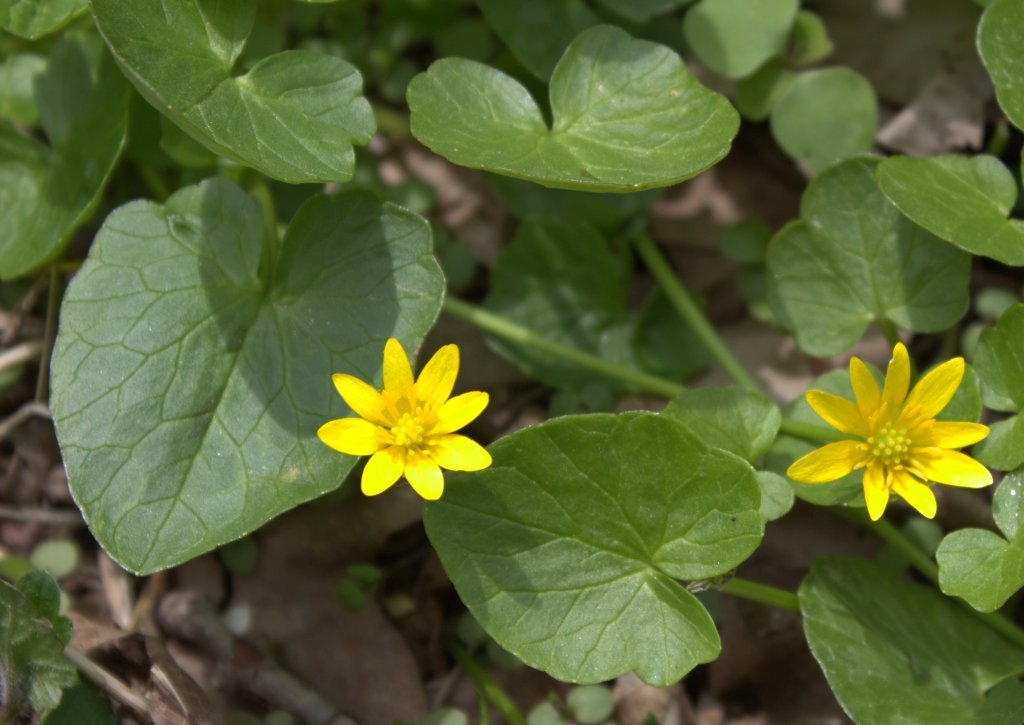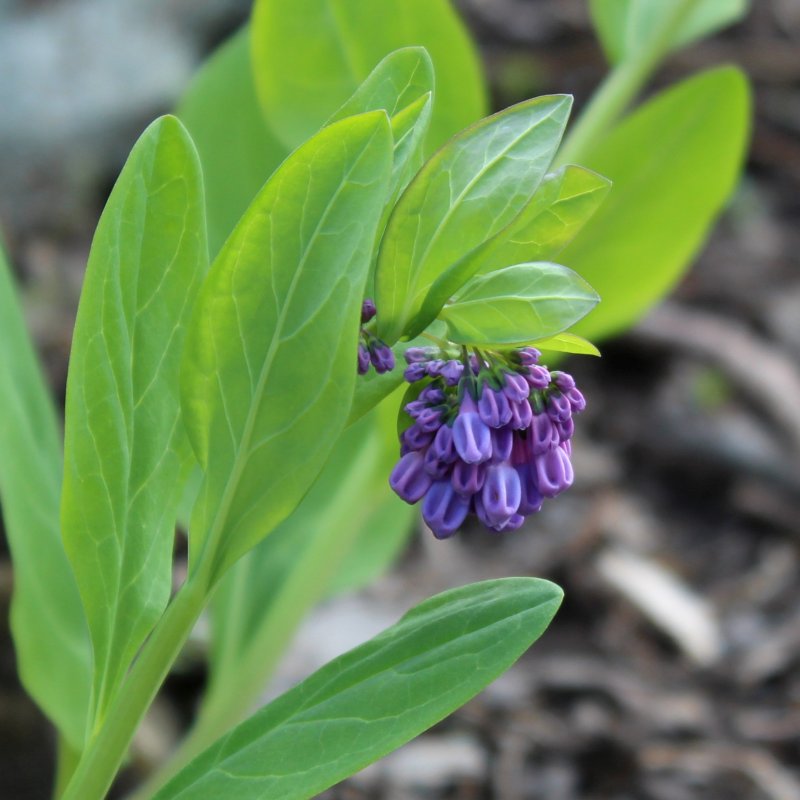We had taken a lovely woods walk to see the Spring wildflowers at Shenk’s Ferry a week ago and Lesser Celandine was one of the new flowers we picked up there.
Of course we didn’t actually pick any flowers, I meant it was a new flower to add to my life list. Although it’s just a mental list at this point I still know the ones I’ve seen and not seen. Maybe one day I’ll start checking them off.
Anyway, at the entrance to Shenk’s Ferry Wildflower Preserve the creek that travels through the preserve, called Grubb Run, flows through a tunnel under the dirt road to the Susquehanna River. Wildflowers were blooming in abundance all along the hills on either side of this spring run.
It was near the entrance to the preserve at creek side where we saw these pretty yellow flowers blooming.

Buttercup-type flowers blooming at Shenk’s Ferry next to the creek.
Note the mounds of vegetation and the heart-shaped leaves.
Buttercups have a certain look to them, so I knew that this plant I had never seen before was one. I can’t explain it exactly, but once you can pick up on family traits it can help you identify plants in the wild.
The Buttercup Family, Ranunculaceae, is a large one with members sporting flowers of many colors. We tend to think of bright, golden yellow flowers for buttercups, but buttercup family members may bloom in white, red, pink, yellow, blue, violet, green or brown. Hepatica is in the buttercup family and we’ve seen it blooming in white, pink, blue and violet.

The most easily recognizable characteristics of buttercups are the numerous stamens and pistils that form a bushy center to the flowers.
Lesser Celandine is known by its bright yellow flowers that have 8-9 petals and many stamens. Its long-stemmed leaves are formed in heart shapes.
When I first saw these flowers by the creek I thought it might be the Marsh Marigold that blooms en masse at Gifford Pinchot State Park, usually during the first week of April.
It turns out that marsh marigolds have more rounded leaves, described as kidney-shaped, and fewer petals that appear to be wider than those pictured here of lesser celandine. Flower stalks are longer in the marsh marigolds measuring 8-24 inches while lesser celandine’s reaches 2-6 inches in length.

Lesser Celandine is not native to North America. It’s an alien here that is native to Europe and western Asia. Unfortunately, it is a very invasive plant. Take a look at the huge mats formed by this non-native plant near Sligo Creek Park in the Maryland suburbs of Washington, D.C. to see how invasive it can be.
The early spring blooming of lesser celandine gives it an advantage over the native spring ephemerals that don’t bloom quite so early in the season. So, if you see it don’t be afraid to rip it out by the roots!

